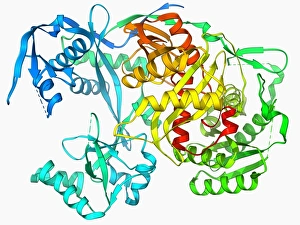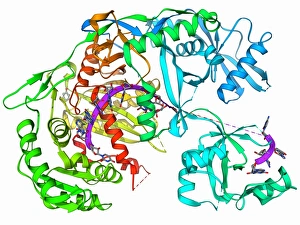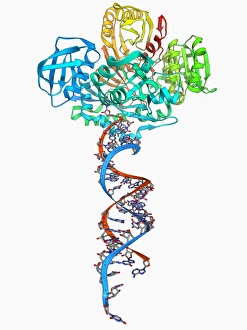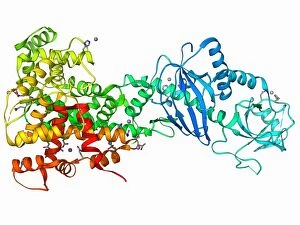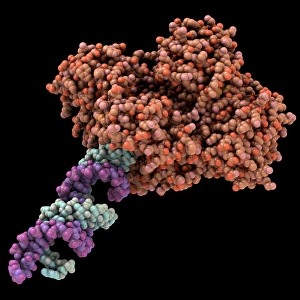Risc Collection
"Exploring the Intricacies of RISC: Unveiling the Secrets of Gene Regulation" In the vast realm of molecular biology
All Professionally Made to Order for Quick Shipping
"Exploring the Intricacies of RISC: Unveiling the Secrets of Gene Regulation" In the vast realm of molecular biology, one fascinating player that has captured scientists' attention is the Argonaute protein molecule F006/9526, commonly known as RISC (RNA-induced silencing complex). This intricate ensemble, composed of Argonaute proteins and microRNA F006/9752, holds immense power in regulating gene expression. RISC acts as a guardian at the cellular level, overseeing an array of essential processes. Its primary function lies in its ability to bind with small RNA molecules called microRNAs. Together, they form a formidable partnership within cells to orchestrate gene silencing or suppression. Imagine venturing into an enchanting ice cave nestled deep within Europe's breathtaking Vatnajoekull National Park. Just like this mesmerizing natural wonder – captivating visitors with its ethereal beauty – RISC conceals hidden marvels within our genetic landscape. Within these icy confines lie secrets waiting to be unraveled. Scientists tirelessly explore how RISC navigates through intricate pathways inside our cells, ensuring precise regulation of genes involved in development, disease progression, and even cancer formation. Much like traversing through the labyrinthine tunnels of an ice cave in Breidamerkurjoekull Glacier – each twist and turn revealing new wonders – researchers are uncovering novel insights about RISC's role in maintaining cellular harmony. By deciphering RISC's mechanisms and understanding its interplay with microRNAs and target messenger RNAs (mRNAs), scientists hope to unlock groundbreaking therapeutic avenues for various diseases. The potential applications range from developing targeted therapies against cancers driven by aberrant gene expression to unraveling neurodegenerative disorders' mysteries. Just as light pierces through translucent ice formations illuminating hidden chambers within glaciers; scientific breakthroughs continue shedding light on how this remarkable molecular machinery operates.

